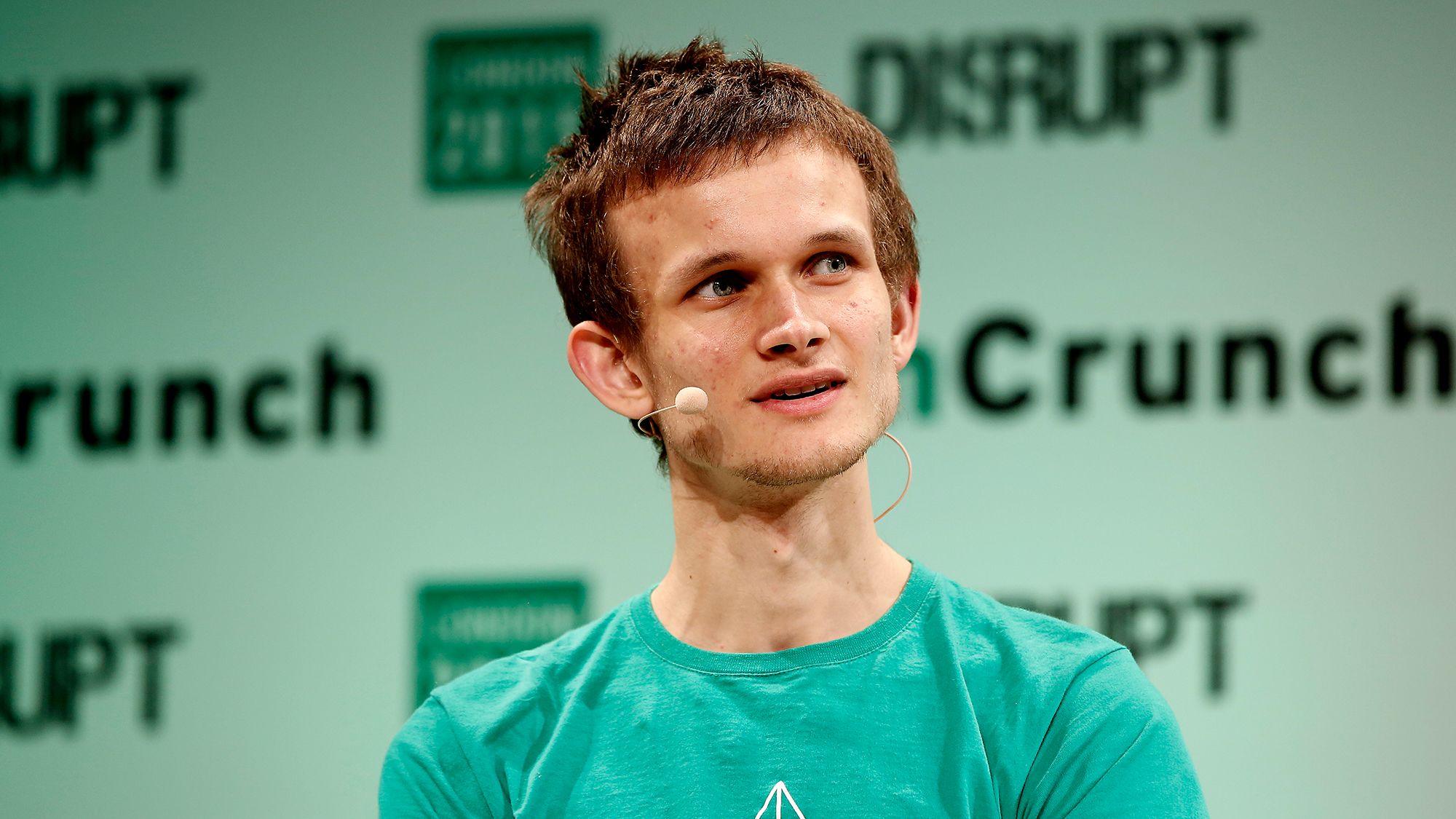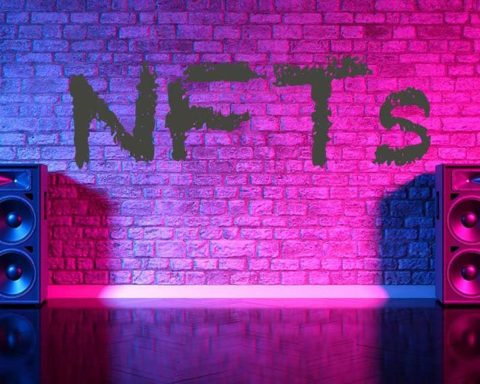Ethereum co-founder Vitalik Buterin has endorsed the new Token for Image Tokenizer (TiTok) compression method, highlighting its potential for blockchain applications.
Distinct from the social media platform TikTok, the TiTok compression method substantially reduces image sizes, making blockchain storage more feasible.
Buterin emphasized TiTok’s blockchain potential on the decentralized social media platform Farcaster, stating, “320 bits is basically a hash. Small enough to go on chain for every user.”
This development could significantly impact the digital storage of profile pictures (PFPs) and non-fungible tokens (NFTs).
Developed by ByteDance and researchers from the Technical University of Munich, TiTok can compress an image into 32 small data pieces (bits) without compromising quality.
The TiTok research paper explains that advanced artificial intelligence (AI) image compression enables TiTok to compress a 256×256 pixel image into “32 discrete tokens.”
TiTok is a 1-dimensional (1D) image tokenization framework that “breaks grid constraints existing in 2D tokenization methods,” resulting in more flexible and compact images.
“As a result, it leads to a substantial speed-up on the sampling process (e.g., 410 × faster than DiT-XL/2) while obtaining a competitive generation quality,” the paper states.
TiTok utilizes machine learning and advanced AI, using transformer-based models to convert images into tokenized representations.
READ MORE: MicroStrategy Announces $700 Million Debt Offering to Fund Additional BTC Purchases
The method exploits region redundancy, identifying and utilizing redundant information in different regions of the image to reduce the overall data size.
“Recent advancements in generative models have highlighted the crucial role of image tokenization in the efficient synthesis of high-resolution images,” the research paper notes.
According to the paper, TiTok’s “compact latent representation” can yield “substantially more efficient and effective representations than conventional techniques.”
Despite the similar name, the social media platform TikTok did not receive endorsement from Buterin. His support for TiTok’s blockchain potential adds credibility to this new AI-driven image compression method.
“Unlike the existing 2D VQ models that consider the image latent space as a 2D grid, we provide a more compact formulation to tokenize an image into a 1D latent sequence,” the paper explains.
The new method can “represent an image with 8 to 64 times” fewer tokens than “2D tokenizers,” with hopes that this research will lead to more efficient image representation.
To submit a crypto press release (PR), send an email to sales@cryptointelligence.co.uk.




